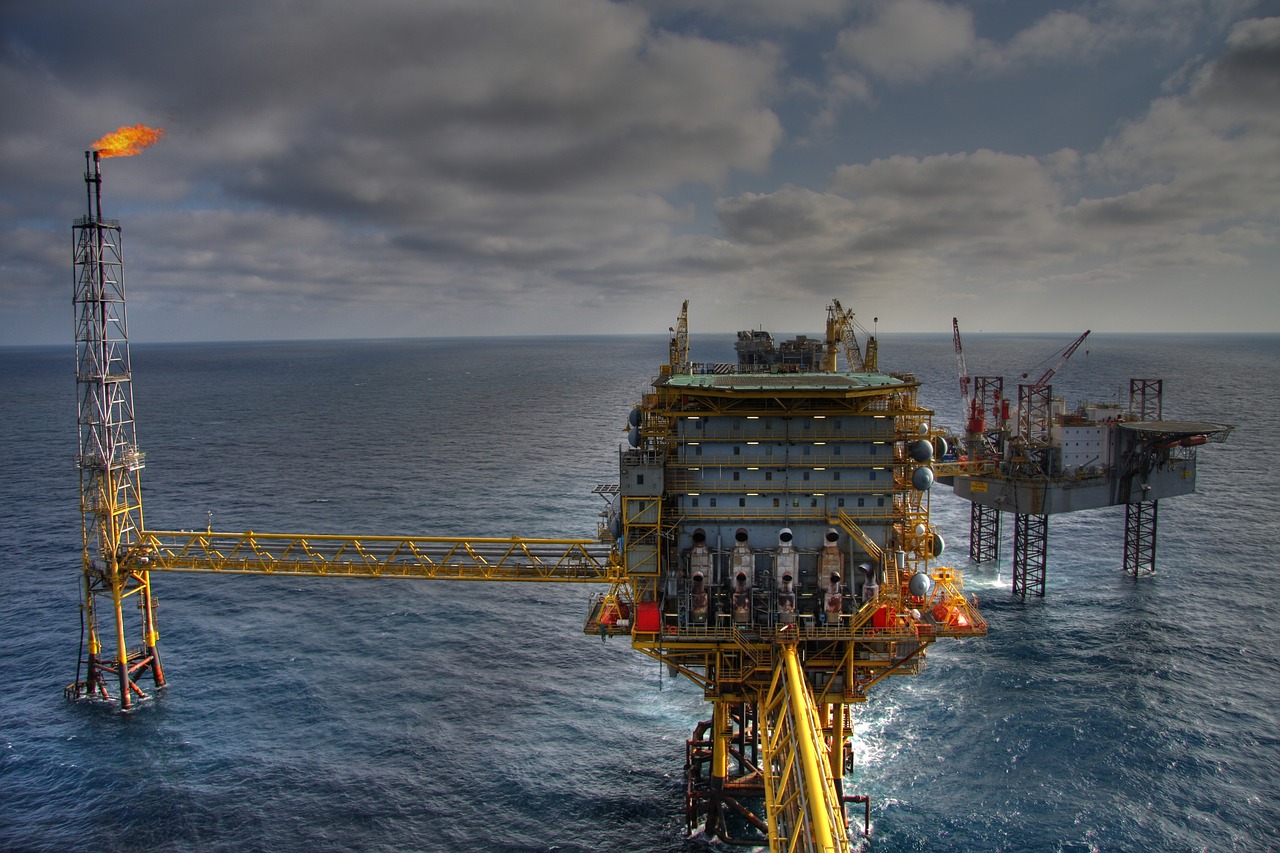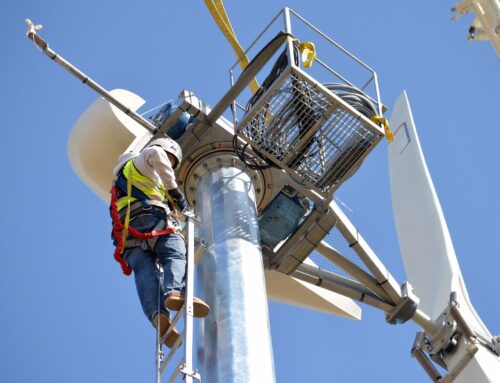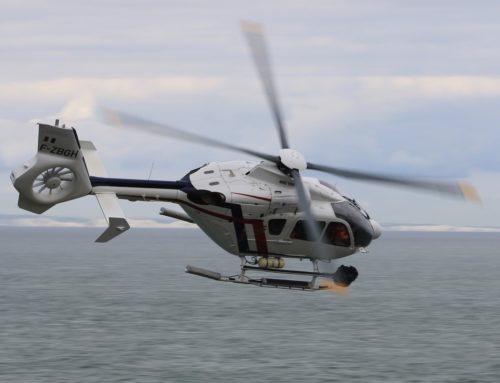Underwater structures pose unique challenges to inspectors. Many testing methods inspect these structures from a single, accessible testing point by way of technology such as Long Range Ultrasonic Testing. However, there is another method of inspecting and cleaning pipes from the inside instead of a single set point called “pigging.”
“Pigs” are devices that may have been named for the squealing sound they make as they pass through pipes, though the name may also have derived from the acronym PIG, short for Pipeline Inspection Gauges. Inspection pigs are launched into a pipe where they are able to detect corrosion, anomalies, cracks, breaks, and other defects as they travel through the pipeline.
Different types of inspection pigs rely on both magnetic flux leakage (MFL) and ultrasonic testing (UT). When using MFL pigs, inspectors create a magnetic field throughout the pipe wall with magnets or by adding an electrical current to steel. Areas where the pipe is weak or damaged do not retain magnetic flux like strong areas, which causes leakage at weak points in the structure. When a pig is deployed into the pipe, it detects and reports areas where magnetic flux leakage is present using sensors that cover the surface of its cylindrical body.
Ultrasonic pigs use sound waves to find spots in the pipe wall that are thinner, and thereby weaker, than thicker areas. This type of pig is equipped with transducers that produce high-frequency sound pulses that run perpendicular to the direction of the pipe wall. The pig picks up echo signals from both the inside and outside surface of the pipe and measures the time span between the emission of the sound and the reading of its echo in order to measure the thickness of the pipe wall at different testing points.
Although underwater inspections have an added layer of difficulty, nondestructive testing methods, like magnetic flux leakage and ultrasonic testing, allow companies to monitor the safety and structural integrity of their pipelines in order to minimize the possibility of devastating environmental disasters, such as oil spills.








Leave A Comment